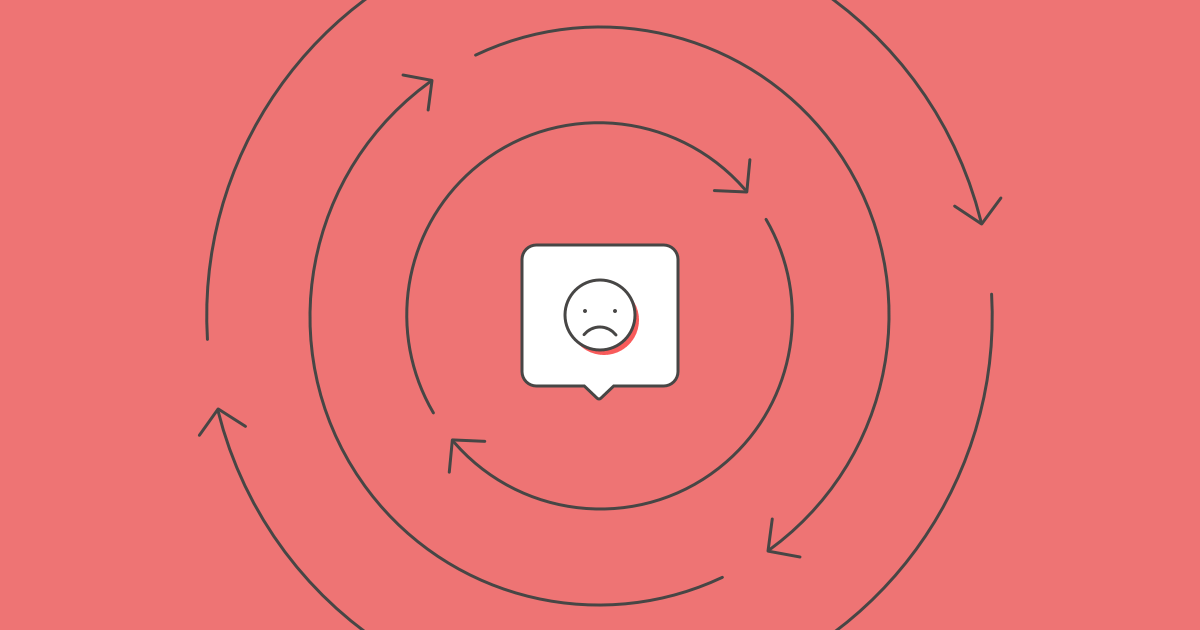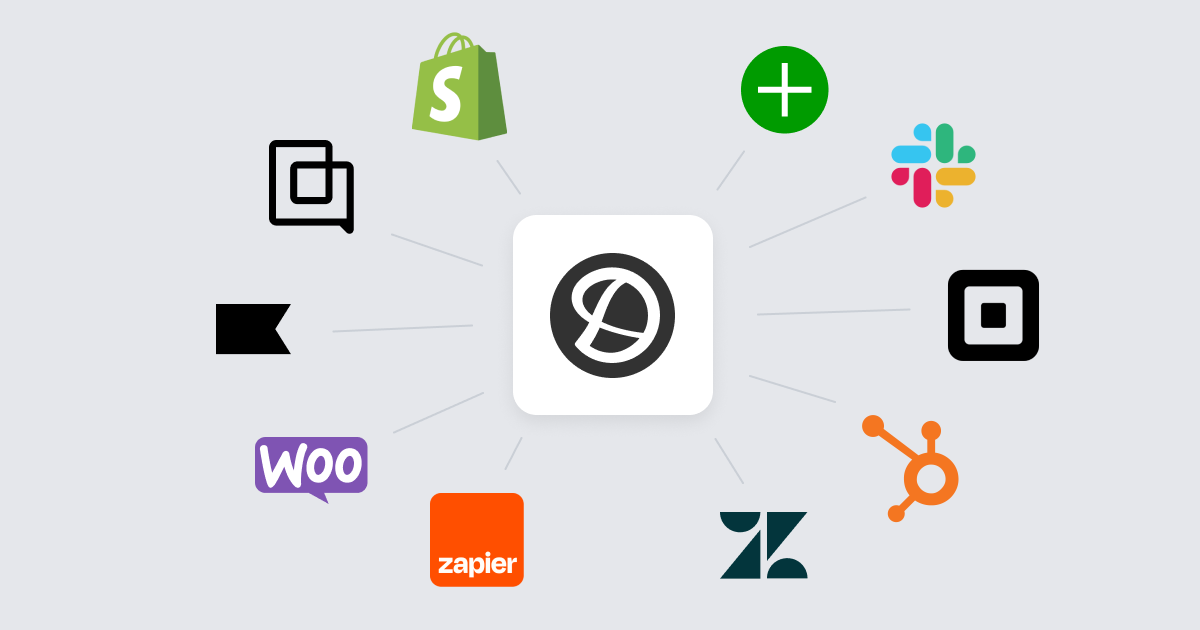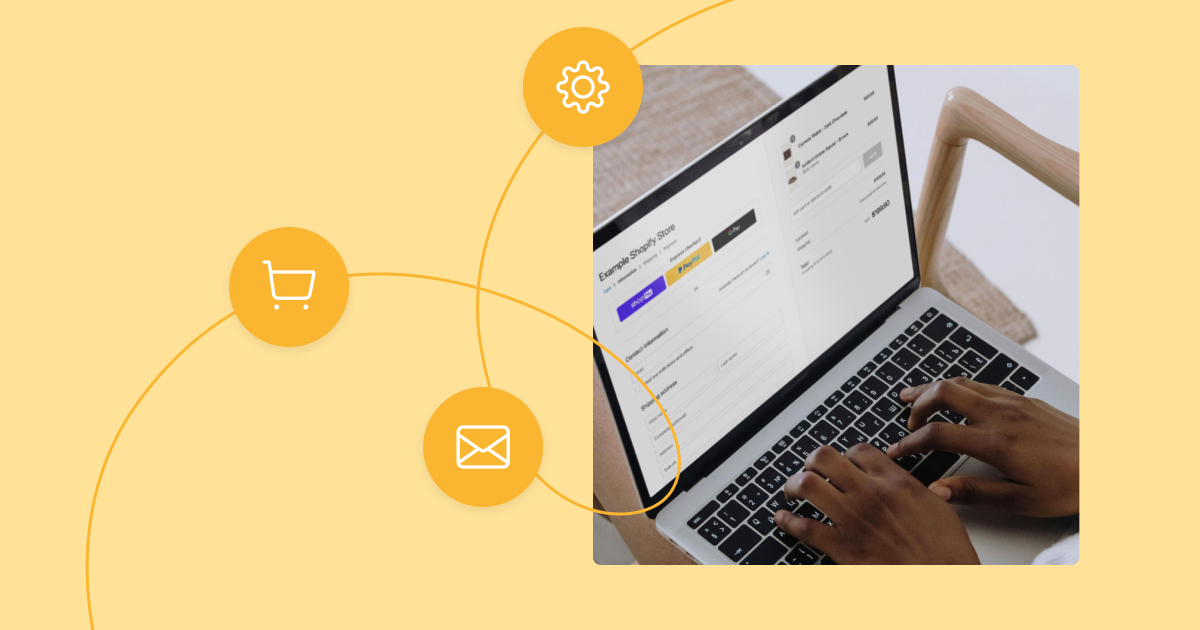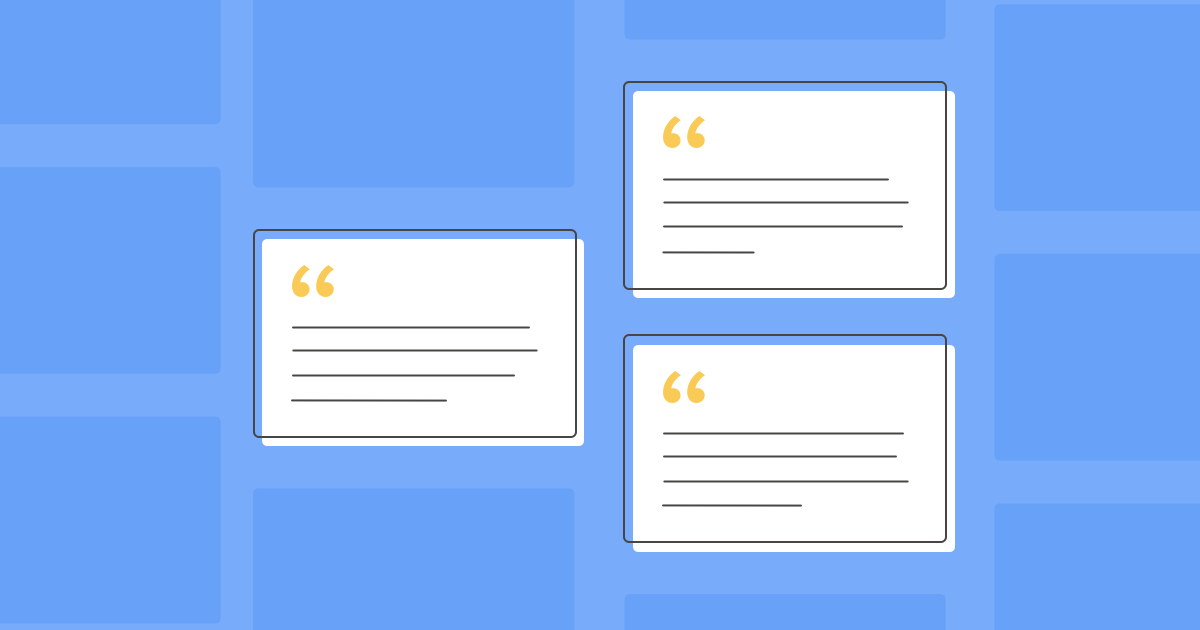When you first get an NPS program off the ground, it’s nothing but excitement. When will we get our first response? When will we get our 100th response? What nice graphs and visualizations can we create with this newfound data?
However, as your program continues, regularly reviewing and digesting negative feedback can start to feel draining and defeating. You may feel like the bearer of bad news or like customers are always mad at you personally. Running a CX program isn’t always 5-star reviews and promoter NPS responses.
When it starts to feel like a constant source of negativity, it can be tempting to turn off your CX program. How can you navigate that feeling to uphold your organization’s feedback-forward culture, while protecting your mental health?
In this post, we’ll cover 5 tips for digesting negative feedback to reduce the likelihood of feedback burnout as a customer experience professional.
Let’s dive in.
1. Foster a culture of gratitude
It’s one thing for your company to say, “We value customer feedback,” but it’s another thing for the company to act out that value. Leadership teams can help cultivate an attitude of gratitude toward feedback – positive and negative – to influence the rest of the organization.
Why are you surveying, really?
It can be tempting to survey for the sake of reporting out on an NPS number. But far more important is the desire to improve. If your company isn’t interested in making changes based on the feedback you receive, digesting those negative comments will be hard.
If you’re ready to pull actionable insights from the data and make improvements based on that feedback, it will be a lot easier to digest. In fact, negative feedback can actually be exciting in those cases: “look, something we can actively work on improving!”
2. Lean on your team
If you work in a customer-facing role, it’s vital to get clear on your “why.” Why does your team come into work, ready to serve customers day after day?
Russ Laraway, author of When They Win, You Win, advises getting the team together to align on a purpose and vision before diving into day-to-day tasks, or even quarterly goals. He writes, “Direction is absorbed and followed with much greater vigor when the folks on the team have a say in defining it.”
Product leader Jessica Fain speaks of her time on the Core Product team at Slack and the importance of coming together as a team with a common mission. The Core team received very public feedback from millions of users on a regular basis, and it could often be negative or hard to hear.
“We had to get clear on our identity as a team and what we could be proud of. For us, that meant embracing our potential for impact.”
Jessica Fain, Product Leader
By focusing on the empowered position to make changes for their users, the Core Product team could take these comments in stride.
3. Make time for mental health
Organizations that want to avoid feedback burnout for their frontline and customer experience employees have many levers they can use to help prioritize mental health.
Start by giving customer support employees dedicated time out of the queue. At Delighted, our Concierge team gets a few days each month off from answering customer emails to focus entirely on other projects, which can be invigorating and refreshing.
Studies have shown that spending time outdoors and walking on a regular basis can improve mental and physical health. For weekly team meetings or one-on-ones, let everyone know ahead of time whether they’ll need to be looking at their screens, and if not, encourage them to get outside during the meeting. A walking meeting is a great way to reset during the workday.
On an individual level, it’s important to remember that the feedback you receive has nothing to do with you as a person, no matter how closely you’re tied to the work that the feedback is about. Connecting with other customer experience professionals can help you build a community of people who understand what it’s like to work closely with negative feedback.
4. Share positive feedback loudly
While it’s human nature to focus more on negative than positive feedback, it’s important to counteract this with a loud celebration of the positive. Set up a positive feedback channel in your company’s Slack workspace, or choose a few comments to highlight in your all-hands meeting. And when positive changes are made as a result of negative feedback, highlight that as well!
TIP: Use our Slack integration to pull positive feedback from NPS surveys and deliver it into a Slack channel of your choice. Automate your positive feedback channel and keep an eye on customer health to address any issues that arise in real time.
5. Press pause if you need time to digest
Lastly, if you really are overwhelmed by negative feedback to the extent that you’re not able to dig through it and find action items to move forward with, it’s okay to pause your program and regroup.
To make feedback more digestible moving forward, consider running an “always on” survey program and analyzing at regular intervals, rather than doing quarterly pushes and having to deal with all of the feedback coming in at once.
Start collecting feedback with Delighted today, and join the Delighted community to collaborate with other professionals on how your organization can take a more human approach to CX.







